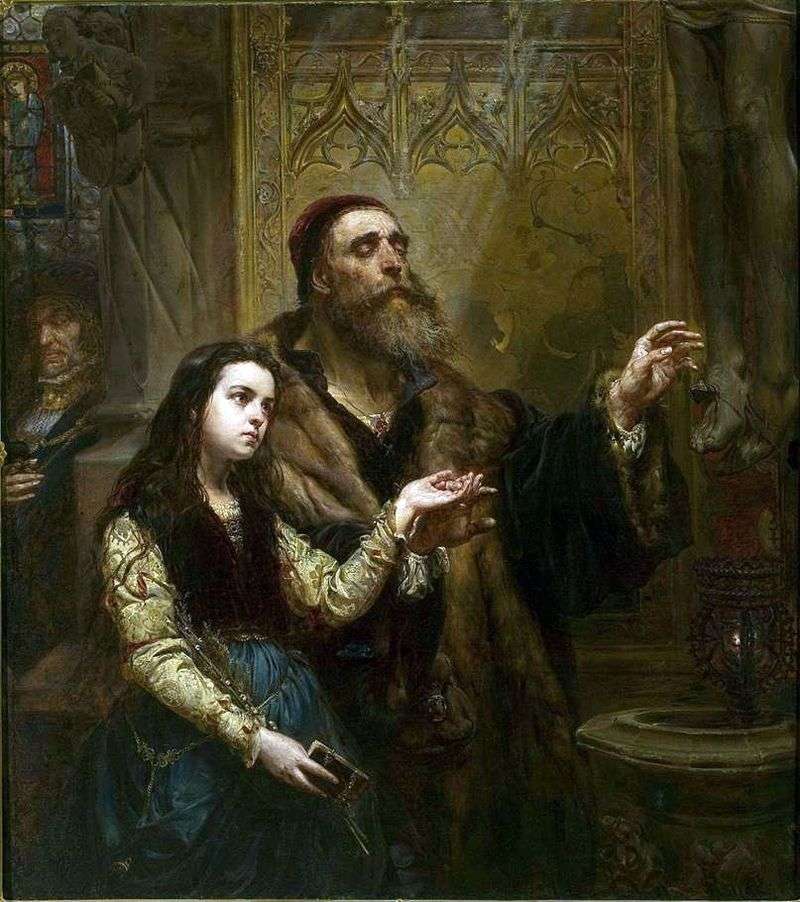
The image of the famous sculptor Vita Stevosh, the creator of one of the most beautiful Gothic altars, from a young age sunk into the soul of Matejko. In his picture, he showed Stewosh to an old man who was blind and tired of life. The artist collected funds from the public display of the painting, as well as from the sale of her photocopies, for the restoration of the altar of Stvosh.
In the service of history, Jan Matejko created about 350 paintings, a huge number of sketches, drawings and sketches. He considered painting to be a special kind of service to Poland and said to his students: “Today, art is a kind of weapon in our hands, art is impossible without love for the Motherland!” He tried his best to awaken national feeling in his compatriots living in a divided, fragmented country.
In this case, Mateyko wrote not only large-scale, pompous canvases. He also referred to personal, chamber themes, as exemplified by the paintings “Blind Vit Stvosh with her granddaughter” or “Zygmunt August and Barbara Radziwill”.
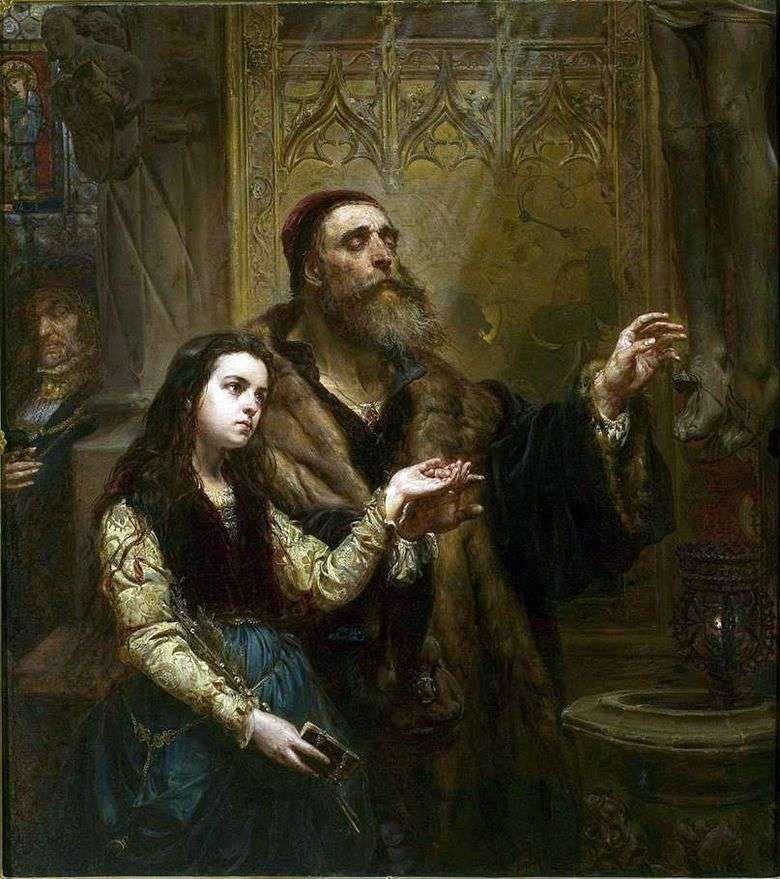 Blind Vit Stvosh con su nieta – Jan Aloizy Mateyko
Blind Vit Stvosh con su nieta – Jan Aloizy Mateyko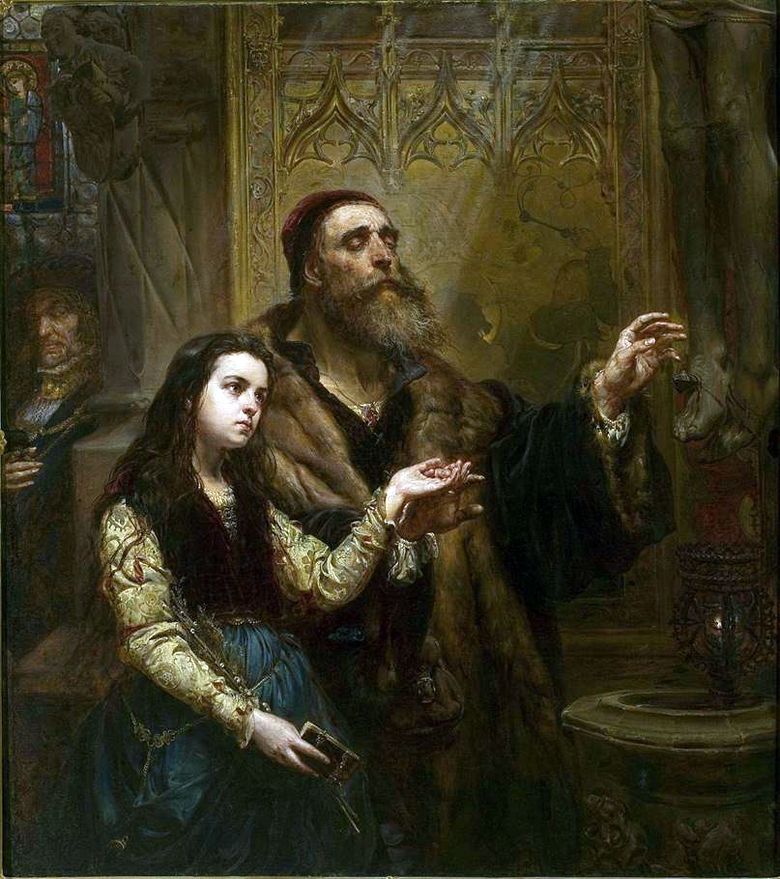 Aveugle Vit Stvoš avec sa petite-fille – Jan Aloysy Matejko
Aveugle Vit Stvoš avec sa petite-fille – Jan Aloysy Matejko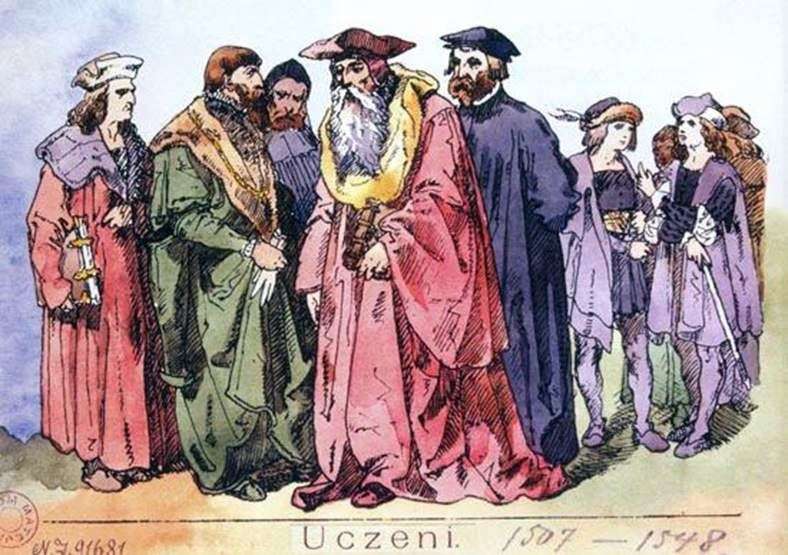 Polish national costume by Jan Aloizy Matejko
Polish national costume by Jan Aloizy Matejko Traje nacional polaco – Jan Aloizy Matejko
Traje nacional polaco – Jan Aloizy Matejko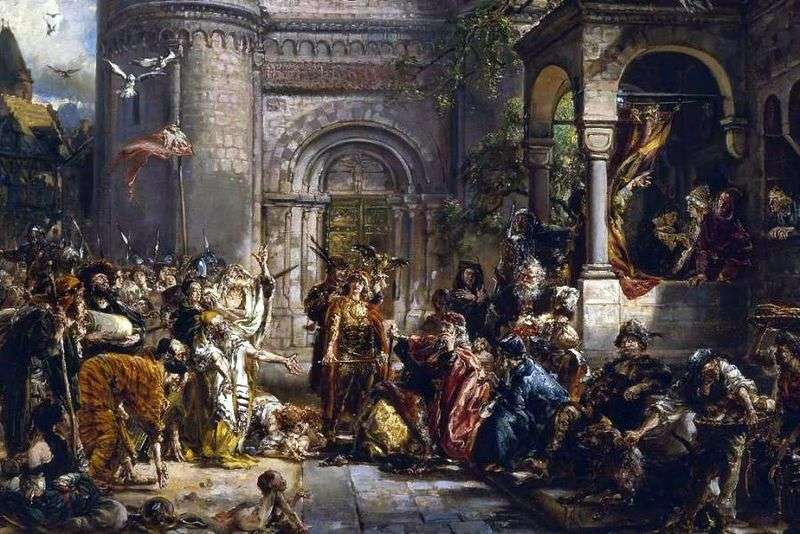 Reception of Jews in Poland by Jan Aloizy Mateiko
Reception of Jews in Poland by Jan Aloizy Mateiko The Blind by Peter Brueghel
The Blind by Peter Brueghel Blind by Arkady Plastov
Blind by Arkady Plastov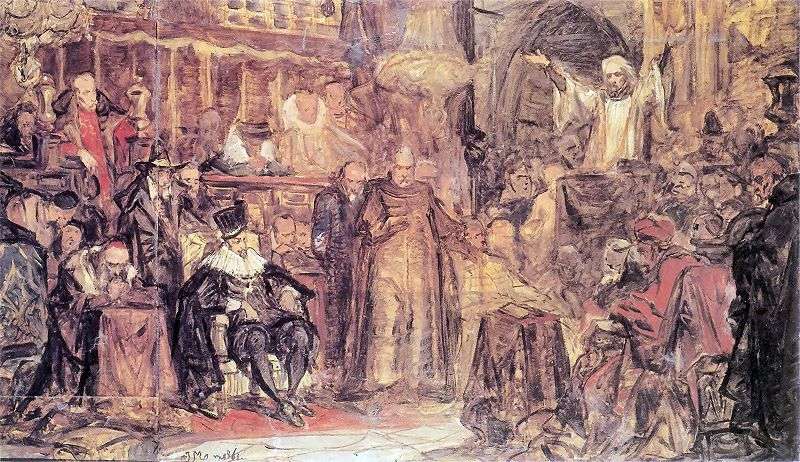 Skargi’s Sermon by Jan Aloiy Mateiko
Skargi’s Sermon by Jan Aloiy Mateiko